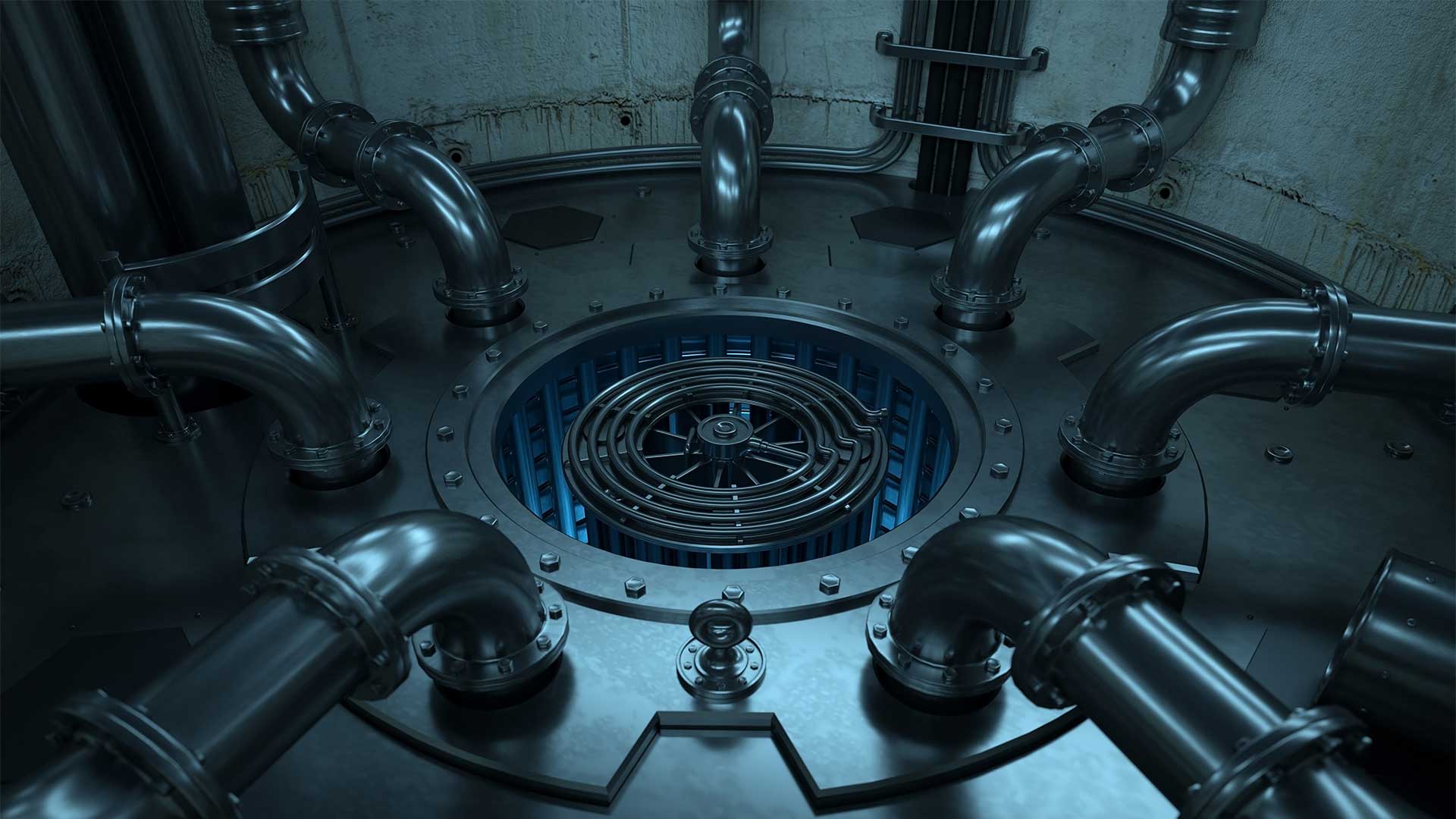Amazing Benefits of Boron – Radiation Protection
As the world moves towards a greener power future, Nuclear Power Generation is considered one of the leading green energy sources. However, there are risks with Radiation from Nuclear Power. Boron can reduce the risks of certain cancers It is a valuable mineral that helps shield our cells from harmful radiation. Low levels of radiation have been shown to help people live healthier lives, but it can be hard to control.

Safety Precautions at Nuclear Plants
People often think of uranium or plutonium when they hear about nuclear energy, but the element boron plays an important role in safety precautions. This element is one of a few that can stop radioactive particles from reaching other elements during blasts and explosions. Scientists are using more of it near reactors so that escaping particles will not affect areas with high population densities. It also slows down neutrons, stopping chain reactions, making power plants safer for eco-conscious consumers.
USING BORON AT REACTORS
Boron’s atomic structure makes it an efficient neutron absorber. The Isotope 10B has a high nuclear section and can control the rate of nuclear fission by absorbing neutrons and can slow down or stop the reaction without actually fissioning.
Boron is used extensively in nuclear power safety, control and shielding systems for nuclear reactors because of its radiation-absorbing properties.
- Control rods Boron: Boron, a primary neutron absorber, is used to construct control rods within a nuclear reactor’s core.
- Shielding –Boron is an additive to steel that absorbs neutron radiation better. Boron-based steel is used for shielding and construction throughout the plant. Plastics throughout the plant are also treated with boron.
- Coolant waterBorated Water is used often to remove heat from the reactor core. Borates can be added to water to help control the fission rate. You can adjust the level of boron in the water to alter the amount of reactivity in the plant.
- On-site:Nuclear plants often keep large amounts of boron. If a problem arises, the stored boron can help to coolant water and be used to ensure shutdowns if necessary.
BORON USED AT CHERNOBYL
A sudden surge in power caused by a reactor system test resulted in the destruction of Unit 4 at Chernobyl’s nuclear power station in Ukraine, former Soviet Union. Massive amounts of radioactive material were released into the atmosphere by the accident and subsequent fire. The helicopters were used by emergency crews to spray sand and boron on the radioactive material. The sand was used to stop further radioactive material being released and to put out any additional fires. The boron was intended to prevent further nuclear reactions.
MANAGING BORIC ACID CONCENTRATION LEVELS
Boric Acid is used to cool pressurized water reactors by controlling the degree of burning. The accuracy of measuring the concentration of boric acids is crucial for reactor safety. A new system has been developed to accurately determine boron content. Multisensitive detection has been designed to improve measurement accuracy for boron meters confirming a 65% higher accuracy than single-detector conventional boron meters with the creation of an experimental system that simulates the coolant-circulation environment inside the reactor.
BORON PROTECTS AGAINST RADIATION
Boron is arguably the best way to reduce exposure to radioactive isotopes. This is why boron tablets are included in every emergency kit and NASA missions. It can also be taken as a supplement for those potentially exposed to radiaition in the workplace. Enriched boron can cleanse the colon and reduce toxic buildup.
HOW BORON MANAGES RADIATION EXPOSURE
1. Decrease Exposure
When it comes to radiation, one of the most important actions is decreasing exposure. Boron does just that by blocking or absorbing gamma rays and neutrons. Boron has an advantage over lead in terms of weight, cost, and availability. It is a metalloid with properties similar to those of silicon and carbon; its physical properties make it ideal for use as a neutron absorber in nuclear reactors because it captures slow-moving neutrons without releasing them or producing radioactive isotopes
2. Boron as ‘Undercover’ Agent
Boron delivery agents for neutron capture therapy of cancer are safe and non-toxic in many other applications. It is a chemically inert element that can be delivered to targeted cells by driving it inside with another agent, which acts like an “undercover” agent. The boron binds the DNA structure and prevents cell multiplication, effectively killing the tumor.

Boron can kill cancer cells when combined with other substances
3. Treatment of Cancerous Cells
Boron delivery agents for neutron capture therapy are one among many innovative approaches to long-term treatment of persistent cancerous cells in patients who may not qualify for surgery or radiation due to age or other factors. The element creates a short radioactive isotope that migrates through tissue, targeting specific areas more than normal skin because it is bone.





